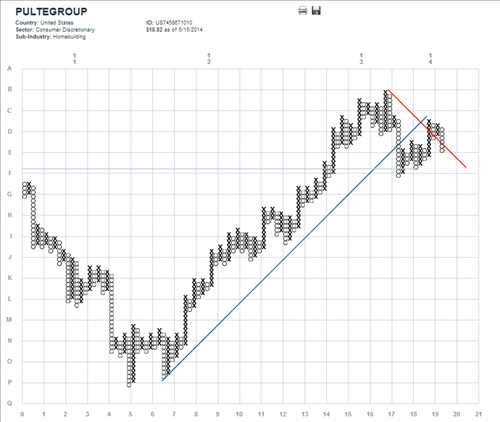We frequently read about the "cash mountain" that has piled up on corporate balance sheets since the global financial crisis. In many cases the level of cash is given as evidence that the the non-financial corporate sector is stronger now than ever before. As we see it, there are typically two problems with this standard argument: 1) it focuses solely on the
level of cash as opposed to analyzing
cash in relation to the capital structure (i.e. cash relative to total capital or cash relative to total assets) and 2) it assumes what is true for a handful of companies (the Apples and Microsofts of the world) is true in aggregate. In the below analysis we'll try to debunk the "cash mountain" myth. Keep in mind that our analysis covers all MSCI World constituent companies (90% of the investible global market cap) ex the Financial sector.
It is true that the
level of cash on the aggregate non-financial corporate balance sheet has increased significantly. Since 2005 the level of cash has risen from $2.1tn to $3.5tn, a difference of $1.4tn, as the table below shows. But total debt has risen by $3.4tn and total assets have risen by $11.7tn.
MSCI World Aggregate Non-Financial Cash Level

When we compare cash to total capital (total capital is debt plus equity), cash as a percent of total capital hasn't really budged. In 2005 cash as a percent of total capital was 15.5% and today it is 15.9%. Meanwhile, debt as a percent of capital and financial leverage (assets relative to equity) are slightly lower than several years ago, but not materially so. Cash has grown as a percent of total assets from 9.6% to 10.3% between 2005-2013, but it's hard to call a jump of 0.7% over nine years anything other than cyclical.
MSCI World Aggregate Non-Financial Corporate Balance Sheet:

But here is where it gets interesting. When we analyze just the top 200 largest companies by market cap (which equates to about 52% of the total market cap of the MSCI World Index), we do indeed see some more material changes over the last few years. Cash as a percent of capital has risen from 14.9% in 2005 to 17% today and cash as a percent of assets has risen almost 2% over the period.
MSCI World Aggregate Non-Financial Corporate Balance Sheet, Largest 200 Companies:

But not soo much for the other 1400 companies in aggregate. Cash as a percent of capital has fallen since 2005 and cash as a percent of assets is almost identical to nine years ago. Debt as a percent of capital and financial leverage are moderately lower than 2005, but higher than in 2010, and the same goes for net debt (total debt minus cash).
MSCI World Aggregate Non-Financial Corporate Balance Sheet, Smallest 1400 Companies:

In sum, the
level of cash has risen a great deal over the course of this economic cycle, but so has the aggregate
level of debt, equity and assets. When we analyze cash in relation to the capital structure we find few, if any, signs that non-financial corporate balance sheets are in aggregate any more liquid or robust today then during the end of the previous cycle. Indeed it may be that corporate balance sheets outside of the largest companies in the world have actually deteriorated since 2010.











































